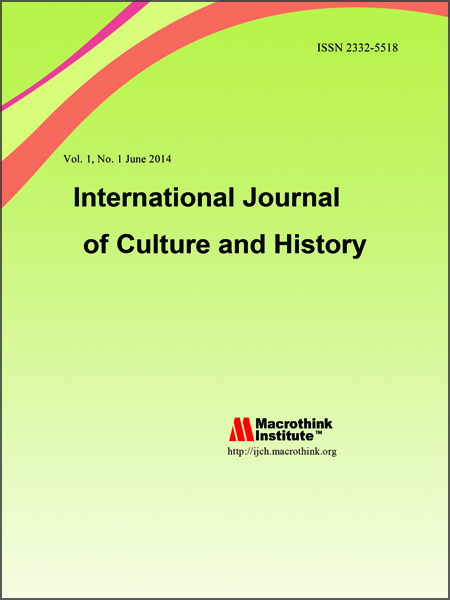Reactions on 5G Phone, Cable, and Broadband Internet Preceding X
DOI:
https://doi.org/10.5296/ijch.v11i2.22223Abstract
Finalizing a report on the findings of my Twitter research study effectively documented how recipients of a poll survey reacted to questions about 5G. Reactions in the form of emoji likes and comments are only a minutia of social media’s reach. The research question I used was: in what ways has 5G service affected your perception of cell phone carriers, cable, and internet providers since its inception? To answer that question accurate data had to be found utilizing a methodology known as sentiment analysis. As in any good academic research proposal, technical communication research methods must evolve to incorporate both machine learning and organic approaches. I hypothesized that by conducting manual Twitter polls to elicit responses it would provide enough organic information to rival the most robust AI-based sentiment analysis on how 5G was being branded in the marketplace for social media users. To fulfill my goal, I wanted to find out several important changes that had occurred since 2017; cell phone manufacturers’ production; cell phone buyers’ habits toward the same products; and the behaviors of customers who bought 5G concerning the older 4Glte band of phones or internet. Triangulation of Twitter data and sampling a general community, including using mixed research methods, would give enough empirical data. Between the strong opinions and lesser ones, seeing where there was parity in the research results codified a ubiquitous classification system needing modification.

